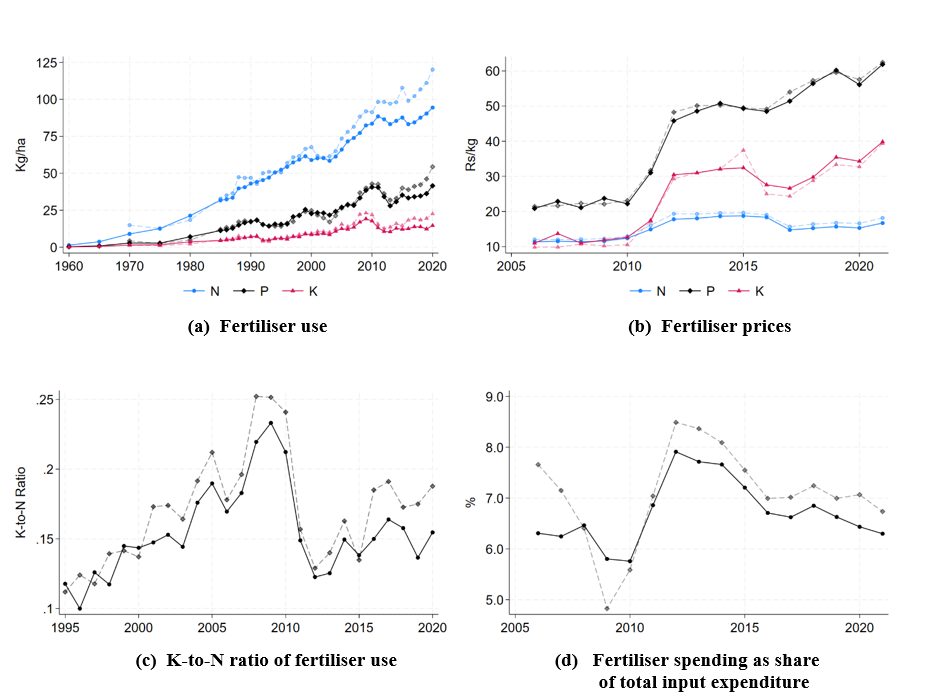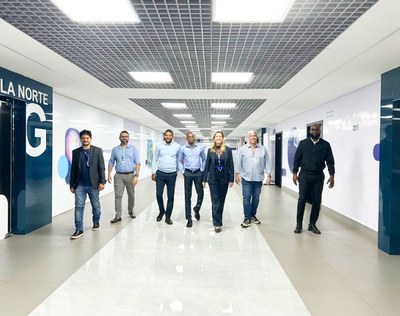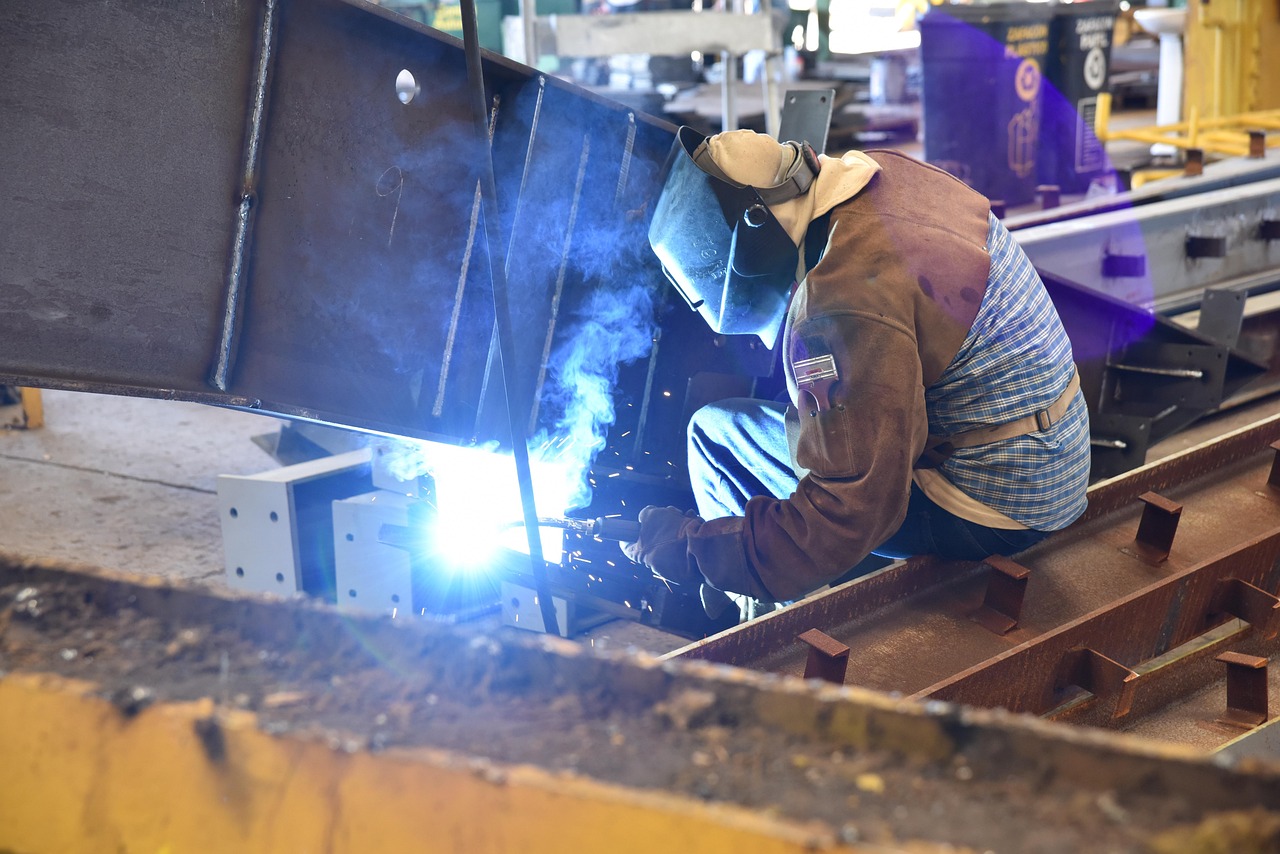Meet AssetOpsBench, IBM’s first industry 4.0 benchmark – IBM Research

Report on the AssetOpsBench Framework and its Contribution to Sustainable Development Goals
Introduction: Advancing Industrial Sustainability through AI Agents
The management of industrial machinery presents significant challenges, including unforeseen breakdowns that lead to costly shutdowns and resource-intensive replacements. The deployment of Artificial Intelligence (AI) agents offers a transformative solution for automating the monitoring and maintenance of industrial assets. This approach directly supports key United Nations Sustainable Development Goals (SDGs) by enhancing operational efficiency, extending equipment lifespan, and minimizing environmental impact. A new framework from IBM Research, AssetOpsBench, has been developed to evaluate and improve the efficacy of these AI agents in realistic industrial scenarios, thereby accelerating the adoption of sustainable industrial practices.
The AssetOpsBench Framework: A Benchmark for Sustainable Industry
AssetOpsBench is an open-source framework designed to test and validate the performance of Large Language Model (LLM) agents in managing industrial assets. It provides a standardized environment for assessing an agent’s ability to solve complex, real-world problems, fostering innovation in line with SDG 9 (Industry, Innovation, and Infrastructure).
Core Components and Scenarios
The framework is structured to simulate authentic industrial challenges, requiring AI agents to perform multi-step reasoning and tool utilization. Its key components include:
- 141 Problem Scenarios: Realistic tasks that require agents to interpret raw sensor data, analyze failure histories, and consult work order logs to diagnose and resolve issues.
- Four Built-in Agents: Specialized agents designed for common asset management tasks.
- IoT Agent: Locates and retrieves historical data and sensor readings.
- Time Series Agent: Analyzes temporal data, for tasks such as predicting energy consumption.
- Failure Analysis Agent: Connects failure modes with corresponding sensor data to identify symptoms of impending breakdowns.
- Work Order Agent: Generates tickets to dispatch technicians for proactive maintenance.
- Automated Evaluation Agent: An integrated module that grades the performance of the LLM orchestrator based on accuracy, logic, and thoroughness.
Alignment with Sustainable Development Goals (SDGs)
The application of technologies evaluated by AssetOpsBench provides substantial contributions to several SDGs by transforming industrial operations into more sustainable and resilient systems.
SDG 9: Industry, Innovation, and Infrastructure
AssetOpsBench directly promotes innovation by providing a platform to develop and refine AI agents for Industry 4.0. By enabling predictive maintenance, these agents help build resilient infrastructure that is less prone to unexpected failures, enhancing the reliability and sustainability of industrial operations.
SDG 12: Responsible Consumption and Production
The core function of the AI agents is to prevent equipment failures and extend asset lifecycles. This capability is central to achieving sustainable production patterns.
- Waste Reduction: Proactive repairs avert catastrophic failures, reducing the need for premature disposal of large, expensive machinery.
- Resource Efficiency: By maintaining equipment in optimal condition, agents ensure that industrial processes consume fewer resources over time.
SDG 7 (Affordable and Clean Energy) and SDG 13 (Climate Action)
A key application tested within the framework involves predicting and optimizing energy consumption. For instance, an agent can analyze data for an industrial chiller to forecast its energy usage. This allows for adjustments that improve efficiency, directly contributing to:
- Reduced energy consumption in industrial processes (SDG 7).
- A corresponding decrease in greenhouse gas emissions, supporting global climate action initiatives (SDG 13).
Technical Analysis and Performance Findings
IBM researchers evaluated various LLM models and orchestration architectures using the AssetOpsBench framework to gauge current capabilities and identify areas for improvement.
Orchestration Architectures
Two primary paradigms were tested:
- Plan-and-Execute: An LLM orchestrator creates a high-level plan and delegates tasks to agents or tools. This method was found to be more efficient but less effective without task-specific training.
- Agents-as-Tools: An orchestrator synthesizes recommendations from a team of specialized agents before executing a plan. This approach yielded superior results despite requiring more computation.
LLM Performance Results
The framework proved challenging for even state-of-the-art models, underscoring the complexity of industrial applications. Key performance metrics under the “agents-as-tools” approach were:
- OpenAI GPT-4: 65% task completion rate.
- Meta Llama 4 Maverick (17B): 59% task completion rate.
- Meta Llama 3.3 (70B): 40% task completion rate.
- IBM Granite 3.3 (8B): 35% task completion rate, demonstrating competitive performance for a smaller model.
Framework Design for Transparency and Future Development
Failure Analysis and Continuous Improvement
AssetOpsBench is designed for more than just benchmarking; it facilitates the diagnosis and correction of agent errors. Using tools like the Agent Trajectory Explorer, developers can visualize an agent’s reasoning process. The framework’s analysis module helped identify a new class of “emergent” failures in multi-agent collaboration, highlighting the need for robust failure analysis to ensure the reliability required for achieving industrial sustainability goals.
Future Directions
Future iterations of AssetOpsBench aim to incorporate cost analysis for computation and tool use, a critical factor for enterprise adoption. The ultimate goal is to advance multi-agent systems to a level where they can deliver tangible value to enterprises, primarily through the enhancement of sustainable and efficient operations. The research community is encouraged to utilize the framework to build, evaluate, and improve agents that can accelerate the transition to Industry 4.0 and help meet global sustainability targets.
Analysis of SDGs, Targets, and Indicators
-
Which SDGs are addressed or connected to the issues highlighted in the article?
-
SDG 9: Industry, Innovation, and Infrastructure
The article focuses on the development of an innovative AI framework, AssetOpsBench, designed to improve the management of industrial assets. This directly relates to building resilient infrastructure, promoting inclusive and sustainable industrialization, and fostering innovation. The entire concept of “Industry 4.0” mentioned in the article is central to this goal.
-
SDG 12: Responsible Consumption and Production
By using AI to predict and prevent machine breakdowns, the technology discussed helps in “averting costly shutdowns and potentially adding years of life to equipment.” This extends the lifecycle of industrial machinery, reducing the need for premature replacement and thereby minimizing waste and promoting more sustainable production patterns.
-
SDG 7: Affordable and Clean Energy
The article explicitly mentions that a typical problem for the AI agent is “predicting energy usage for a given machine.” Efficiently monitoring and predicting energy consumption is the first step toward optimizing it, which contributes to improving energy efficiency in industrial processes.
-
-
What specific targets under those SDGs can be identified based on the article’s content?
-
Target 9.4: Upgrade infrastructure and retrofit industries to make them sustainable
The article describes using AI agents to automate monitoring and maintenance, which makes industrial processes more efficient and sustainable. The goal to “catch problems before they spiral into something serious” and “add years of life to equipment” directly supports the retrofitting of industries with advanced, resource-efficient technologies.
-
Target 12.5: Substantially reduce waste generation through prevention and reduction
The core function of the AssetOpsBench framework is to prevent equipment failure. By “adding years of life to equipment with large upfront replacement costs,” the technology directly contributes to the prevention and reduction of industrial waste that would result from broken or discarded machinery.
-
Target 7.3: Double the global rate of improvement in energy efficiency
The framework’s ability to address problems like, “What is the predicted energy consumption for Chiller 9…” shows a direct application toward monitoring and improving energy efficiency. By analyzing sensor data to predict energy usage, industries can identify inefficiencies and take corrective action, contributing to this target.
-
-
Are there any indicators mentioned or implied in the article that can be used to measure progress towards the identified targets?
-
Indicator for Target 9.4 & 12.5: Reduced frequency of equipment failure and extended equipment lifespan
The article implies this can be measured. The success of the AI agents is determined by their ability to “diagnose and remediate problems,” thus “averting costly shutdowns.” A key metric would be the reduction in machine breakdown incidents and the measured increase in the operational lifespan of industrial assets.
-
Indicator for Target 9.4 & 12.5: Task completion rate of AI agents
The article explicitly states the performance of different AI models in solving maintenance problems, such as “OpenAI’s GPT-4… completed just 65% of tasks.” This task completion rate serves as a direct indicator of the technology’s effectiveness in implementing more sustainable industrial practices.
-
Indicator for Target 7.3: Predicted vs. Actual Energy Consumption
The example problem of “predicting energy usage” implies a clear indicator. Progress can be measured by the accuracy of these predictions and the subsequent reduction in energy consumption achieved by acting on the insights provided by the AI agents.
-
SDGs, Targets, and Indicators Table
| SDGs | Targets | Indicators |
|---|---|---|
| SDG 9: Industry, Innovation, and Infrastructure | Target 9.4: By 2030, upgrade infrastructure and retrofit industries to make them sustainable, with increased resource-use efficiency and greater adoption of clean and environmentally sound technologies and industrial processes. |
|
| SDG 12: Responsible Consumption and Production | Target 12.5: By 2030, substantially reduce waste generation through prevention, reduction, recycling and reuse. |
|
| SDG 7: Affordable and Clean Energy | Target 7.3: By 2030, double the global rate of improvement in energy efficiency. |
|
Source: research.ibm.com

What is Your Reaction?
 Like
0
Like
0
 Dislike
0
Dislike
0
 Love
0
Love
0
 Funny
0
Funny
0
 Angry
0
Angry
0
 Sad
0
Sad
0
 Wow
0
Wow
0





/https://media.globalcitizen.org/ea/9e/ea9e1a08-9cc4-472e-a0a7-57a76f7c1e06/screenshot_2025-11-06_at_101647.png?#)












![Architects use comics and humour to rethink sustainable cities [Interview] – Mongabay-India](https://imgs.mongabay.com/wp-content/uploads/sites/30/2025/11/06135611/1761635108000-768x511.jpeg?#)




























































